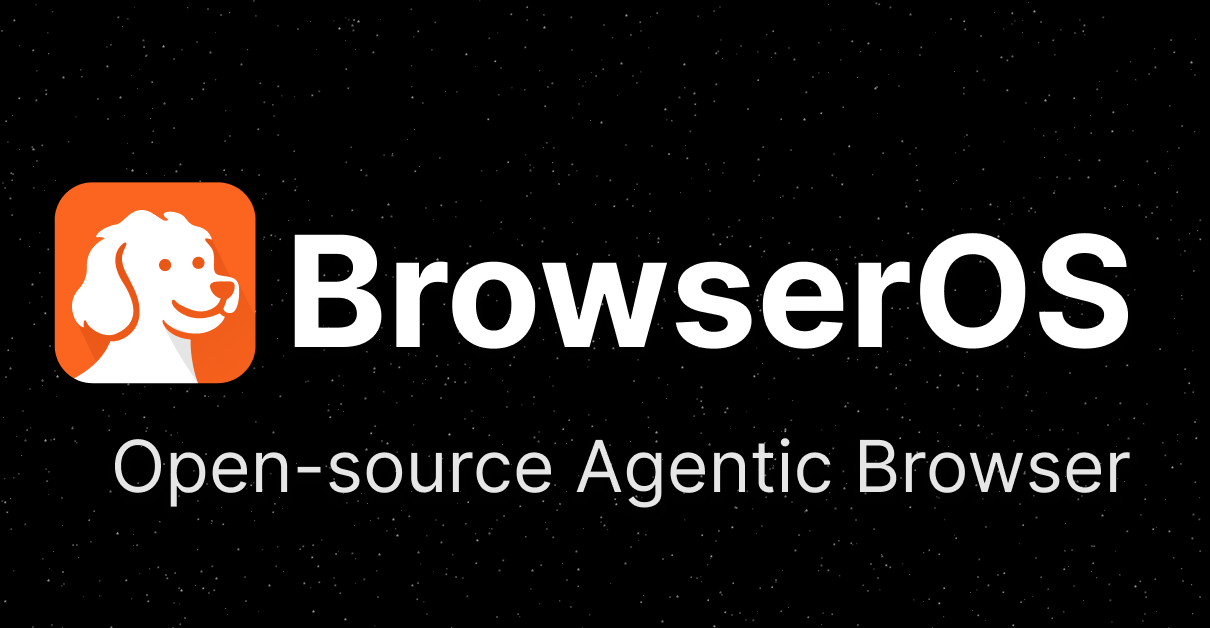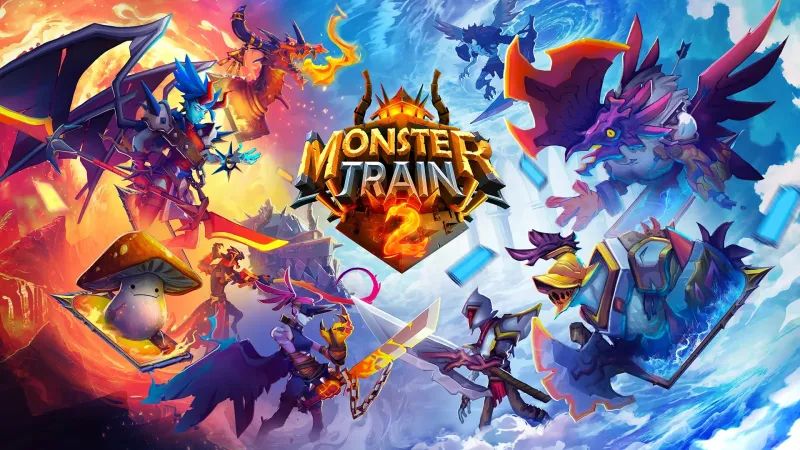Analyzing database trends through 1.8M Hacker News headlines
Analyzing Database Trends Through 1.8 Million Hacker News Headlines
July 02, 2025
How the analysis was done
I used camelAI with a ClickHouse database of every HN story to do all analysis. You can use it for free with no login here to explore the data interactively yourself.
18 years • 1.8 million headlines • 13 database engines
Hacker News is a real-time barometer of developer excitement. I mined every story title from February 2007 to June 2025 and asked three questions:
- How has headline volume for each database changed over time?
- Which engines are accelerating the fastest right now?
- Which ones are losing steam?
1 · Raw popularity through time
The chart below shows monthly headline counts for the eight most-talked-about engines, plus DuckDB (small base, big growth).
Click on the individual database names to toggle their visibility. Double click to isolate a single database.
PostgreSQL’s curve is a near-monotonic climb; by 2020 it dwarfs every other line. MySQL dominates the pre-2012 era, then flat-lines. MongoDB peaks around 2013, then slips as SQL engines add JSON support. ClickHouse (2016) and DuckDB (2020) rocket up in the analytics renaissance. Redis & SQLite are steady, underscoring their “invisible infrastructure” roles.
2 · Who’s gaining the fastest?
I compared the last 12 months (Jul 2024 – Jun 2025) with the previous 12 months, then fit a linear regression over the last 36 months to capture trajectory.
| Engine | Headlines 2024-25 | 2023-24 | YoY Δ % | 3-yr slope (mentions / mo) |
|---|---|---|---|---|
| DuckDB | 225 | 149 | +50.7 % | +0.44 |
| ClickHouse | 211 | 170 | +24.1 % | +0.39 |
| Supabase | 105 | 84 | +25.0 % | +0.12 |
| PostgreSQL | 1 229 | 1 315 | −6.6 % | +1.22 |
| Snowflake | 106 | 156 | −32.1 % | +0.01 |
| Redis | 180 | 236 | −23.7 % | +0.07 |
| MySQL | 164 | 185 | −11.4 % | +0.03 |
| MongoDB | 96 | 78 | +23.1 % | +0.03 |
| DynamoDB | 25 | 38 | −34.2 % | −0.08 |
| BigQuery | 20 | 35 | −42.9 % | −0.05 |
| Redshift | 10 | 18 | −44.4 % | −0.05 |
| TimescaleDB | 3 | 4 | −25.0 % | −0.01 |
DuckDB tops the growth chart: half of its lifetime headlines appeared this year. ClickHouse maintains double-digit gains on a larger base, buoyed by vector search & managed services. Supabase benefits from the “Firebase, but OSS” narrative. PostgreSQL’s YoY dip merely reflects an all-time-high 2023; its 3-yr slope (+1.22) is the steepest of all. Cloud-native SaaS engines (DynamoDB, BigQuery, Redshift) are down sharply in share of conversation.
3 · Engines in decline
Headline counts aren’t everything, but they do reveal mind-share:
| Engine | Peak year | Peak headlines | 2024-25 headlines | % off peak |
|---|---|---|---|---|
| MongoDB | 2013 | 242 | 96 | −60 % |
| MySQL | 2009 | 267 | 164 | −39 % |
| DynamoDB | 2019 | 59 | 25 | −58 % |
| BigQuery | 2020 | 62 | 20 | −68 % |
| Redshift | 2016 | 61 | 10 | −84 % |
Why? Maturity – less novelty, fewer “Show HN” launches. OSS competition – Postgres extensions + parquet/iceberg lakehouses replace single-purpose stores. Discussion shift – Cost, lock-in, and serverless topics often omit the product name.
Takeaways
- Open‑source engines drive most new discussion.
- Analytics‑focused stores (DuckDB, ClickHouse) gain as work moves from batch to interactive.
- Slow, steady improvement (PostgreSQL) beats hype cycles.
- Proprietary cloud databases draw fewer submissions over time.
Further analysis
Questions you can run next:
- Which databases appear most in headlines containing "alternative to" or "replacing"?
- What's the ratio of positive (launched, shipped) vs negative (outage, breach) headlines?
- How do vector database mentions (Pinecone, Weaviate, Qdrant) compare to traditional databases?
- Which lesser-known databases are on exponential growth curves?
Run any query on the same dataset here, no login required.
Get started for free.

Share this article
What's Your Reaction?
 Like
0
Like
0
 Dislike
0
Dislike
0
 Love
0
Love
0
 Funny
0
Funny
0
 Angry
0
Angry
0
 Sad
0
Sad
0
 Wow
0
Wow
0














































